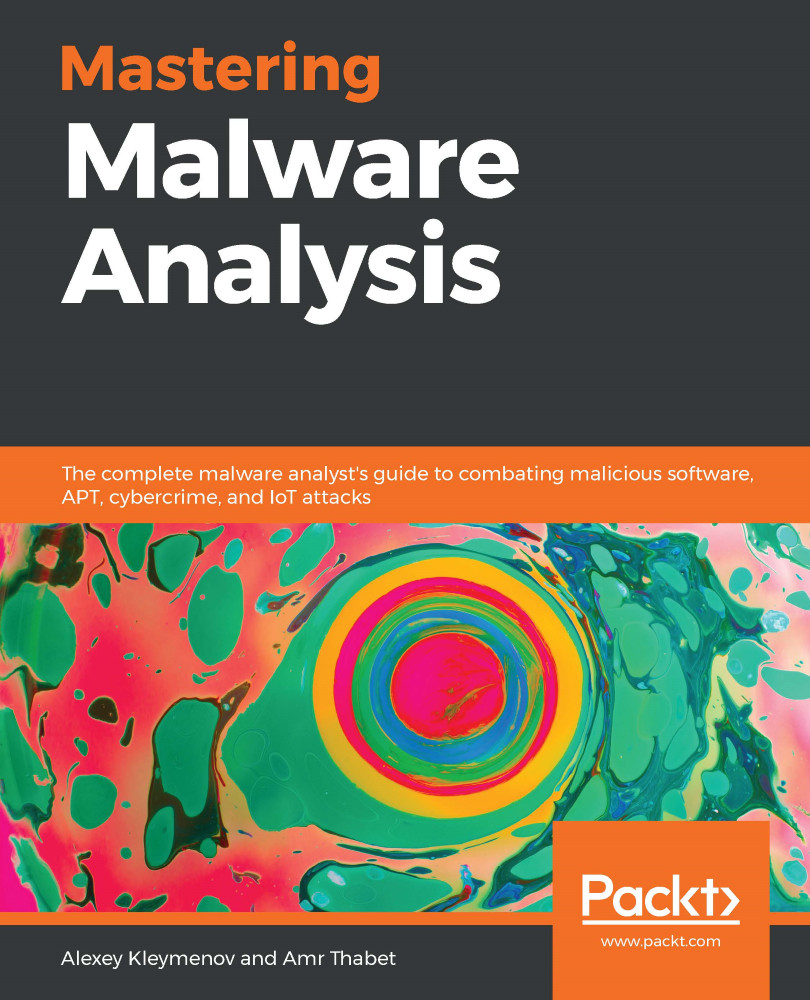Most of these bytecode languages follow the state of the art technologies in programming and development fields. They implement what's called Object-Oriented Programming (OOP). If you've never heard of it, OOP programming is based on the concept of objects. These objects contain properties (sometimes called fields or attributes) and contain procedures (sometimes called functions or methods). These objects can interact with each other.
Objects can be different instances of the same design or blueprint, which is known as a class. Taking a look at the following diagram, we can see a class for a car and different instances or objects of that class:

In this class, there are attributes such as fuel and speed, as well as methods such as accelerate() and stop(). Some objects could interact with each other and execute these methods or directly modify the attributes.


